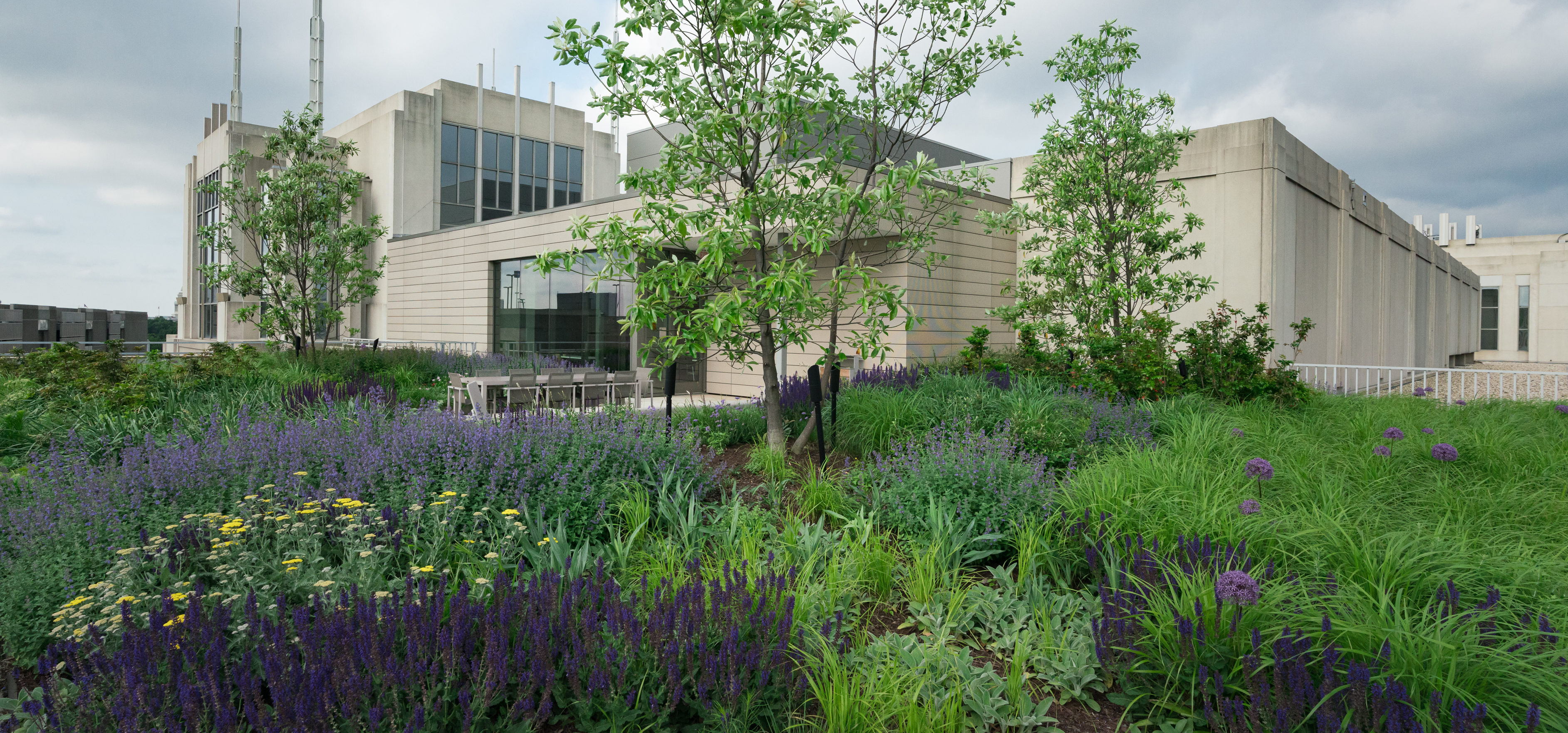Objective: Students will be able to describe how planting trees contributes to helping restore humans’ impact on the environment.
Download the Cleaner Air, Tree by Tree Guide to accompany the following investigations.
1: WANGARI MAATHAI
Nobel Peace Prize winner Wangari Maathai has a saying, “A tree is worth more than its wood.” Students explore the meaning of this phrase through a guided reading and discussion of the book Wangari Maathai: The Woman Who Planted Millions of Trees. Students consider ways humans have impacted their community and deliberate how as environmental stewards they might restore the ecosystem.
Objectives: Students will be able to describe how planting trees contributes to helping restore humans’ impact on the environment.
Assignment: Students consider the phrase, “A tree is worth more than its wood” and write a short essay on why planting trees was so important to Wangari Maathai. They consider how planting trees in Washington D.C. might help restore humans’ impact on the environment.
2: EARTH SYSTEMS
Students are introduced to the earth systems and the four spheres. Students watch a 7 min video produced by Casey Trees that discusses and provides local examples of how the spheres interact and are interdependent. Students learn characteristics that help them differentiate between naturalized vs. planned green spaces.
Objectives: Students can describe and define: atmosphere, geosphere, biosphere, and hydrosphere. Students identify and describe the interactions and interdependence of the components of Earth Systems.
Assignment: Students label the 4 main components of the earth systems on a map of DC, and describe how the 4 spheres interact and are interdependent to one another.
3: AIR QUALITY
Students explore the composition of the air we breathe. Students learn about air pollutants and their sources. They discover the Air Quality Index (AQI) as a color index for reporting daily air quality. They learn how air quality impacts human health and exacerbates respiratory (asthma symptoms) and cardiac issues.
Objectives: Students identify the structures and functions of different parts of the respiratory system, in order to understand how they are affected by air pollution. Students describe the composition and properties of air and identify sources of air pollution in their community.
Assignment: Students make a model of the respiratory system. They describe how air pollutants can impact the human body.
4: BE A TREE DETECTIVE
Students investigate planned spaces with an emphasis on understanding the trees that grow in our urban forest. Students discover the diversity of trees and how trees adapt to their environment.
Objectives: Students observe diversity of DC’s tree species, considering patterns, similarities and differences.
Assignment: Students create a trading card with stats about a real DC tree species, including unique characteristics. Students design an imaginary tree species in a DC setting based on clues and context from the lesson.
5: MEASURING ECOSYSTEM SERVICES
Students are tree detectives and learn about ecosystem services that trees provide. Using iTree Design online software, students gather data based on a common DC tree to see how arborists quantify benefits of the urban forest. Students learn why trees are important to restoring air quality.
Objectives: Students quantify ecosystem services of a DC tree. Students understand the multitude of benefits that trees provide.
Assignment: Students use their tree detective skills to explore and quantify, with iTree Design and/or other models, the ecosystem services of a tree. Students design a park space and calculate the benefits (stormwater interception, carbon sequestration and air pollutant absorption) of trees on that space. Students write their “tree cookie story” or express their creativity through a poem .
